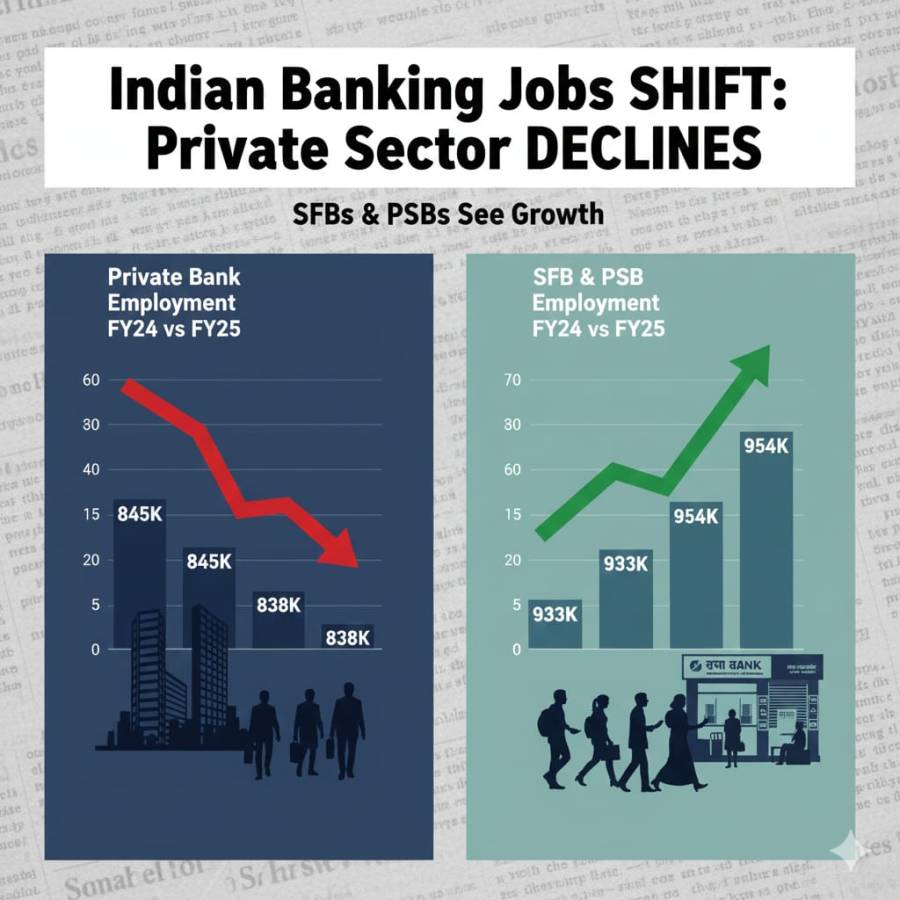
In the 1960s, India was facing a serious food crisis. Most of the population was involved in farming, yet the country was unable to grow enough food to feed everyone. To solve this problem, Indian scientists, under the leadership of Dr. M.S. Swaminathan, introduced the Green Revolution. It focused on growing more food by using new seeds, fertilizers, and irrigation methods.
This movement changed Indian agriculture. It helped states like Punjab, Haryana, and western Uttar Pradesh increase their production of wheat and rice. India became self-sufficient in food and even started exporting some of its crops.
However, one important state was left behind—Bihar.
Even though Bihar has fertile land, many rivers, and a large farming population, the benefits of the Green Revolution never fully reached it. The reasons why the Green Revolution skipped Bihar and whether there is still hope for a second chance.
Lack of Irrigation Facilities
The success of the Green Revolution in Punjab and Haryana depended a lot on irrigation. These states had many tube wells and canals, which gave farmers regular water to grow crops.
Bihar, despite having rivers like the Ganga, Kosi, and Gandak, did not have proper irrigation systems. Most farmers depended on rainfall, which is not always reliable. According to government reports, even in the 2000s, only around 60% of Bihar’s farmland had irrigation, while Punjab had more than 90%.
Because of this, farmers in Bihar could not use high-yielding varieties (HYVs) of seeds, which need regular water to grow well.
Small and Fragmented Landholdings
Another big problem in Bihar was small and scattered land. In states like Punjab, farmers owned larger plots of land. This made it easier to use machines, manage water, and apply fertilizers.
But in Bihar, most farmers had tiny plots—often less than half a hectare. In fact, more than 90% of farmers in Bihar are small or marginal farmers. Many of them also work on land they do not officially own. This made it hard for them to get loans from banks or apply for government help.
When farms are too small and scattered, it becomes difficult to try new technologies or methods. That’s one big reason Bihar couldn’t adopt Green Revolution practices.
Poor Access to Seeds, Fertilizers, and Credit
The Green Revolution depended on a combination of better seeds, chemical fertilizers, and quick advice from agricultural experts.
In Bihar, these things were either not available or reached farmers very late. Good quality seeds were hard to find, and fertilizers were either too expensive or arrived after the planting season. Many farmers had to borrow money from local moneylenders at high interest rates, which pushed them into debt.
In Punjab, fertilizer use was around 200 kg per hectare by the 1990s. In Bihar, it was much lower—around 75 kg per hectare even in the 2010s. Without proper inputs and financial support, farmers in Bihar could not grow more, even if they wanted to.
Weak Market and Storage Systems
When farmers in Punjab grew more food, the government bought it at a fixed price through the Food Corporation of India (FCI). This gave them a safety net. They could invest in their farms without worrying about market prices.
Bihar didn’t have a strong system like this. There were few mandis (markets), and the government didn’t buy crops regularly. Farmers had to sell their produce to traders at low prices. Also, Bihar didn’t have enough cold storage or warehouses. This caused big losses, especially in cash crops like vegetables and fruits.
Without market support, there was no guarantee that growing more would lead to earning more.
Natural Disasters and Environmental Problems
Bihar’s farming also suffers from floods and droughts. The Kosi River floods often and destroys crops in north Bihar. In southern parts, rainfall is sometimes too low. Because of these natural disasters, farmers are afraid to invest money in seeds or fertilizers. The fear of losing everything keeps them from changing their farming methods.
Lack of Government Support and Poor Governance
While Punjab received focused attention and strong policies during the Green Revolution, Bihar did not get the same level of support.
Schemes like Krishi Vigyan Kendras (KVKs), which help farmers learn new techniques, were not active in many areas of Bihar. State governments were often unstable and failed to provide leadership or proper planning in agriculture.
This lack of attention made Bihar fall further behind.
Migration and Labour Issues
Since, farming in Bihar didn’t offer good returns, many people started migrating to other states in search of work, especially to cities or to Punjab and Maharashtra.
This shortage of local labour added another challenge. Farmers who stayed back had even fewer hands to help during planting and harvesting seasons.
Is There Still Hope for Bihar?
Yes, there is hope and signs of improvement.
In 2010–11, the Government of India launched the Bringing Green Revolution to Eastern India (BGREI) scheme. Bihar was one of the target states. The scheme invested in irrigation, soil health, better seeds, and machinery.
The results have been encouraging:
- Paddy production in Bihar rose from 1.5 tonnes/hectare in 2007 to 2.3 tonnes/hectare in 2020.
- Hybrid maize and rice varieties are gaining popularity in districts like Nalanda and Rohtas.
- Farmers are adopting innovative practices like the System of Rice Intensification (SRI), which uses less water and provides higher yields.
- Digital tools and mobile apps now help farmers access market prices, weather alerts, and farming advice.
- Agritech startups are actively working to introduce modern technology across rural Bihar.
Final Take
Bihar missed the first wave of the Green Revolution because of poor infrastructure, small landholdings, weak policies, and natural disasters. But the story is not over.
The land is still fertile. The people are hardworking. And now, with better government focus and technology, Bihar has a real chance to rise.
If we want to honour the legacy of Dr. M.S. Swaminathan, we must make sure no state is left behind. Bihar may have been late to the Green Revolution but with the right steps, it can still lead the next one.





















